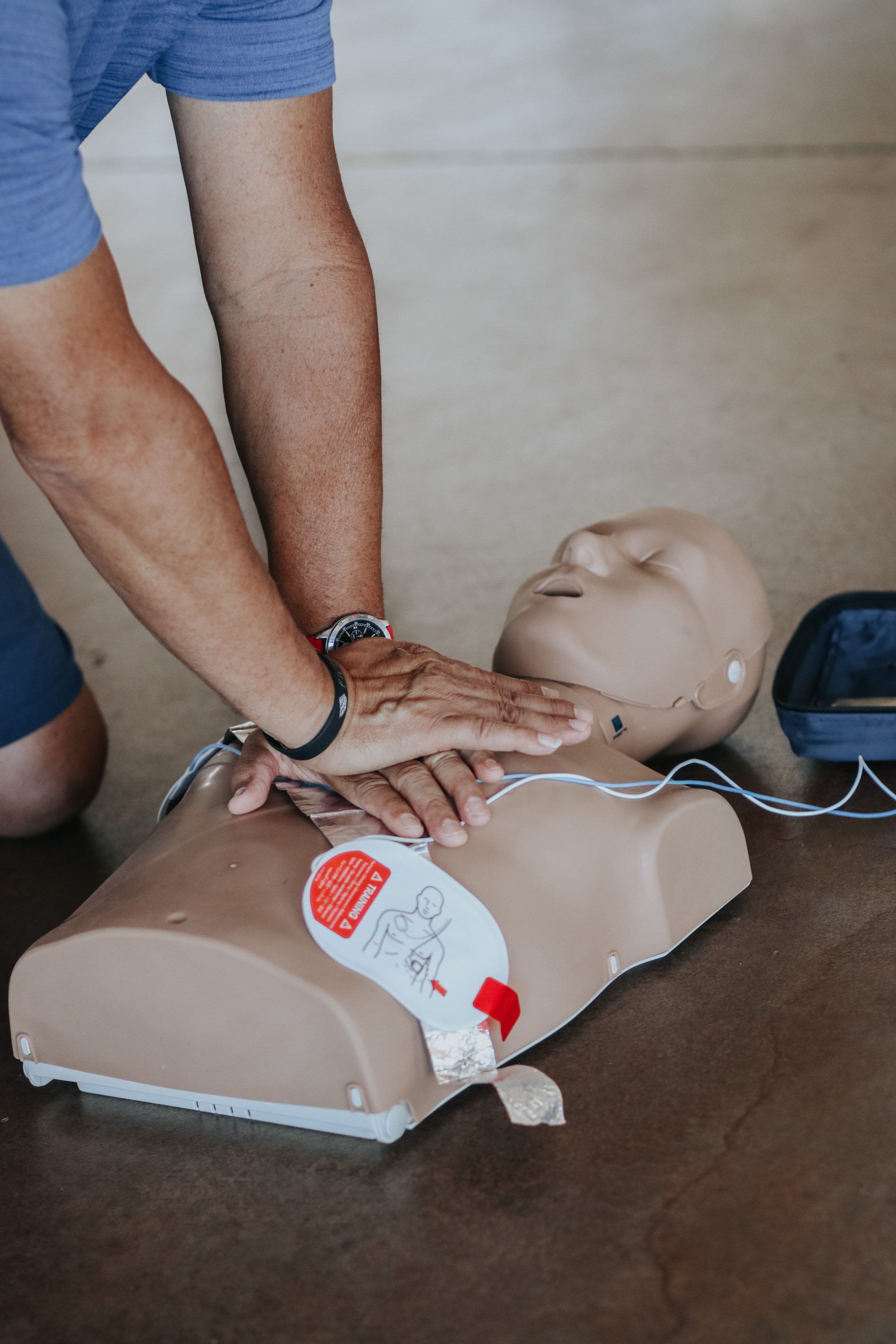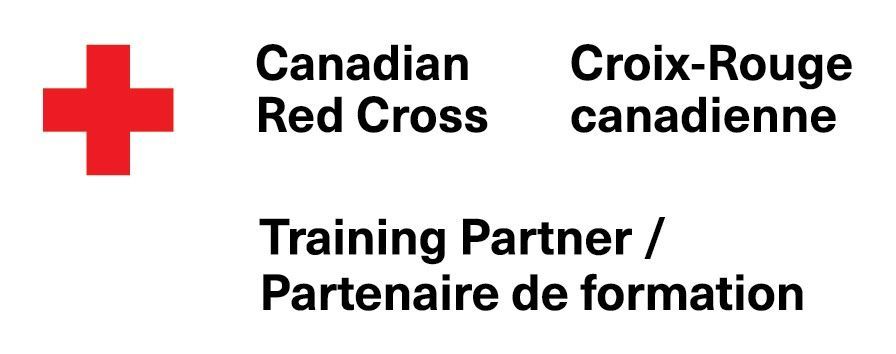Tailoring Training Programs: The Gateway to Safer Workplaces
In the ever-evolving landscape of workplace safety, the effectiveness of training programs is paramount. Traditional, one-size-fits-all approaches often fall short in engaging learners and translating knowledge into actionable practices. The key to fostering safer workplaces lies in building training programs that are thoughtfully adapted to the learner's reality, environment, and interests. In this blog post, we will delve into the importance of tailoring training initiatives and explore how this personalized approach can significantly enhance knowledge translation, leading to safer and more resilient work environments.
Understanding the Learner's Reality
Cultural Relevance
Consideration of cultural nuances is crucial when tailoring training programs. Cultural backgrounds influence perceptions, attitudes, and communication styles. By incorporating culturally relevant examples and case studies, training programs become more relatable and resonate with diverse audiences. This ensures that safety practices are not only understood but also embraced within the context of each learner's reality.
Adaptation to Learning Styles
People have varied learning styles, including visual, auditory, and kinesthetic preferences. A personalized training program takes these differences into account, offering a mix of instructional methods to cater to diverse learning styles. Visual learners benefit from diagrams and charts, auditory learners from spoken instructions, and kinesthetic learners from hands-on experiences. This adaptability enhances knowledge retention and application.
Incorporating Real-world Scenarios
Embedding real-world scenarios relevant to the learner's industry or specific workplace environment adds authenticity to training programs. Practical examples create a bridge between theoretical knowledge and its application in everyday situations. Learners can better understand the potential risks and preventive measures when faced with scenarios mirroring their own work experiences.
Adapting to the Environment
Workplace-Specific Training Modules
Each workplace has its unique set of hazards and safety protocols. Generic training programs may not effectively address the specific challenges faced by different industries. Tailoring training modules to the environment ensures that learners receive targeted information that directly applies to their workplace, fostering a deeper understanding of safety measures and procedures.
Hands-On Simulations
Simulations provide a safe and controlled environment for learners to apply theoretical knowledge in realistic settings. By incorporating hands-on simulations relevant to the learner's work environment, training programs bridge the gap between theory and practice. This approach allows participants to experience potential hazards and practice safety protocols, preparing them for real-life scenarios.
Customized Emergency Response Training
Workplace emergencies require swift and informed responses. Tailoring emergency response training to the specific risks and challenges of the workplace ensures that employees are well-prepared to handle crises effectively. Whether it's fire safety, medical emergencies, or chemical spills, customized training programs empower individuals with the skills and knowledge needed to respond appropriately in their unique work settings.
Considering Individual Interests
Personalized Learning Paths
Recognizing that learners have different levels of expertise and interests, training programs can offer personalized learning paths. Advanced modules for experienced employees and foundational modules for newcomers allow each individual to progress at their own pace. This adaptive approach not only maintains engagement but also ensures that everyone receives the level of training suited to their needs.
Employee Involvement in Program Design
Including employees in the design and development of training programs is a powerful way to tap into their interests and insights. Employees on the front lines often have a deep understanding of the challenges and nuances of their work. Involving them in the process ensures that the training content is not only relevant but also aligned with the interests and concerns of the workforce.
Benefits of Tailoring Training Programs
Increased Knowledge Retention
Personalized training programs enhance knowledge retention by catering to individual learning styles and preferences. Learners are more likely to grasp and remember information that is presented in a way that aligns with their cognitive strengths.
Improved Application of Knowledge
When training programs are adapted to the learner's reality and environment, the application of knowledge becomes more seamless. Learners can easily connect theoretical concepts to their day-to-day tasks, leading to safer work practices.
Enhanced Employee Engagement
Tailored training programs are inherently more engaging. By incorporating elements that align with individual interests, employees are more likely to actively participate in the learning process. This engagement not only fosters a positive learning experience but also contributes to a safety-conscious workplace culture.
Reduction in Workplace Incidents
The ultimate goal of safety training is to prevent workplace incidents. Customized training programs that address the specific risks of a given environment empower employees with the knowledge and skills to identify and mitigate potential hazards, leading to a significant reduction in accidents and injuries.
Building training programs that are adapted to the learner's reality, environment, and interests is a strategic investment in the safety and well-being of the workforce. As workplaces become more diverse and dynamic, a one-size-fits-all approach to training is no longer sufficient. Personalized training not only enhances knowledge translation but also cultivates a culture of safety where employees are actively engaged in maintaining a secure work environment. By recognizing and accommodating the unique needs of learners, organizations can create training initiatives that resonate, empower, and ultimately lead to safer workplaces.







